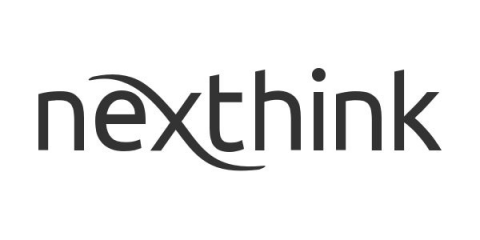Operations | Monitoring | ITSM | DevOps | Cloud
%term
How to Migrate a WordPress Site to Cycle
Serverless Testing - Adapt or Cry
One of the basic ingredients of any software is that before you deliver it to the end user you want to make sure that it works properly. The question is how we need to adapt our approach to testing to take account of the cloud-based, highly distributed nature of serverless architecture.
Auvik Use Case: Gain Visibility Into the Internet of Things
How to Do Authentication Right With Rails Devise
Authentication for web apps is a difficult problem. Anyone who’s ever tried to create their own authentication system will tell you that there are a lot of unexpected edge cases. What’s more, your authentication system is an externally-facing part of your application. This means if someone is trying to hack into your application, your login system’s security will be one of the first places they check.
The Digital Experience Score - Aligning the Enterprise Around a Common Goal
The release of Nexthink’s Digital Experience Score earlier this year was an important milestone for the company and was the outcome of many conversations we had with our customers over the last few years. It has probably been five years since I first heard a customer talking about the need for metrics to address the challenges they were having in taking a more employee-centric approach to their business.
Protecting Your Privacy in Windows 10
Justifiably or not, Microsoft’s Windows 10 has gained the reputation as an operating system that doesn’t respect your privacy as much as it should. If you or your organization are Windows 10 users, this guide will assist you in protecting your privacy during day-to-day operations.
Building a Better Product Through Customer Service
Like many startups, Stackery is a small team. For this reason, employees often need to go beyond their official job title to ensure everything gets done. As the Stackery product matures and gains more exposure, we’ve seen an increase in customer support inquiries and decided to further refine our customer support process through the creation of a customer support rotation that rotates amongst the software engineers on a weekly basis.
What Does APM Stand For? A Newbie Guide
Do you need APM? Get your questions answered in this newbie guide. You will lean what APM is, the difference between monitoring and management, and more.
The Art of the Late Start
There is a lot of dogma around shipping a product in startup land. Many founders follow strict patterns they got from a book or some influencer's tweet. "Ship Early" is one of the more stubborn ones, and in many cases it is exactly the right thing to do. The earlier you start learning about what your users' problems and how your product solves that, the better. I shipped Checkly fairly late.











